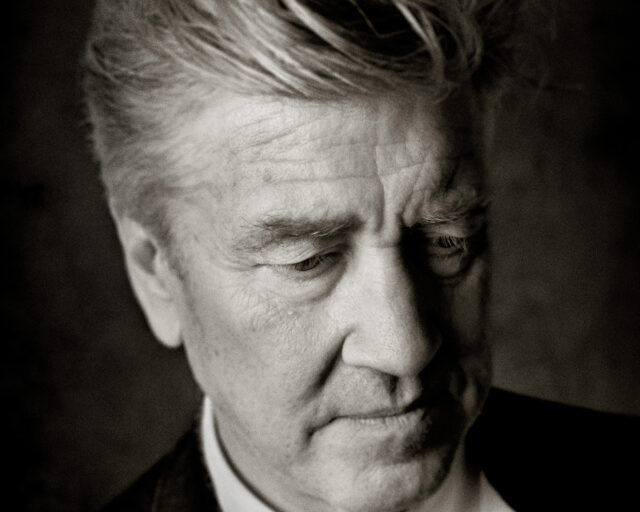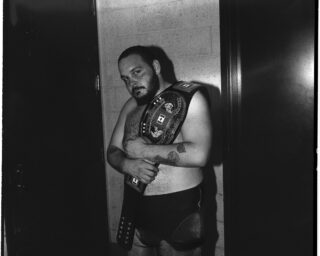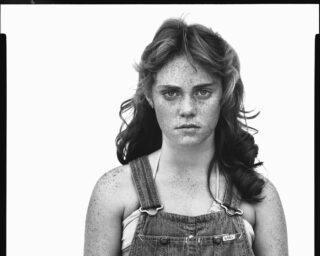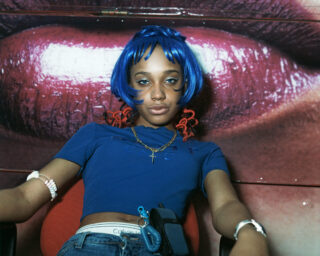In These Film Collages, Trump’s Washington Looks Just Like “The Shining”

Courtesy the artist
For the artist and educator John Pilson, the film director Stanley Kubrick was “the greatest twentieth-century Jewish comedian (and I’m not just talking Dr. Strangelove) and artist as Cold War psychosexual completist.”
It is no surprise that Pilson, whose 1990s photographs from his time working at Merrill Lynch transformed depressed, robotic office drones into clowns of the mundane, is able to laugh with Kubrick, “even at his darkest, especially at his darkest.” The legendary filmmaker was indeed funny, not only in his 1960s comedies—Lolita, Dr. Strangelove—but also at the apex points of his crueler films: the childlike sing-along performed by HAL 9000 as it (he?) deactivates in 2001: A Space Odyssey, the standing ovation Alex DeLarge receives after enduring the Ludovico Technique in A Clockwork Orange, Gunnery Sergeant Hartman traumatically beating his platoon into submission in Full Metal Jacket.
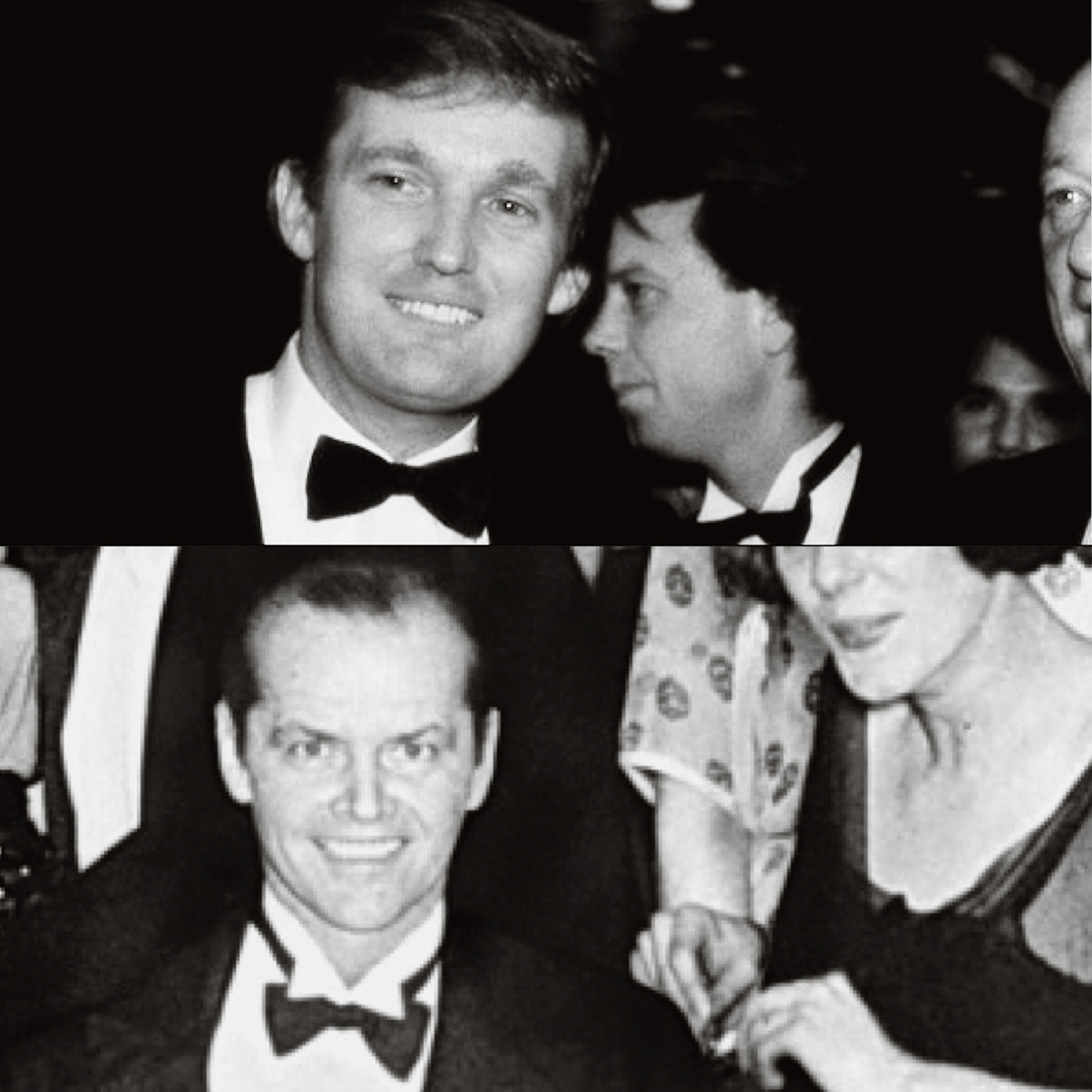
Courtesy the artist
Kubrick’s 1980 film The Shining, with its blood-flooded elevators and necrotic seductress, may have been his most torturous and grotesque work, and therefore, by default, also his funniest. It stars Jack Nicholson in a bravura performance as Jack Torrance, “a failed novelist” in Pilson’s view, who accepts the position of caretaker at the Overlook Hotel. Eventually, trapped by his failures, he descends into psychosis among the hotel’s ghostly staff, slashing through doors while hunting his own wife, Wendy, and their disturbed son, Danny.
In the winter of 2017, Pilson and his son were snowed in at their home in New York watching The Simpsons. At some point, “we slipped into CNN,” where news about President Donald Trump’s administration “triggered” in Pilson a ferocious anger not unlike what Torrance feels when he reassures Shelley Duvall’s Wendy that he won’t hurt her. Soon, Pilson was “literally yelling—not yelling, but barking, foaming.”
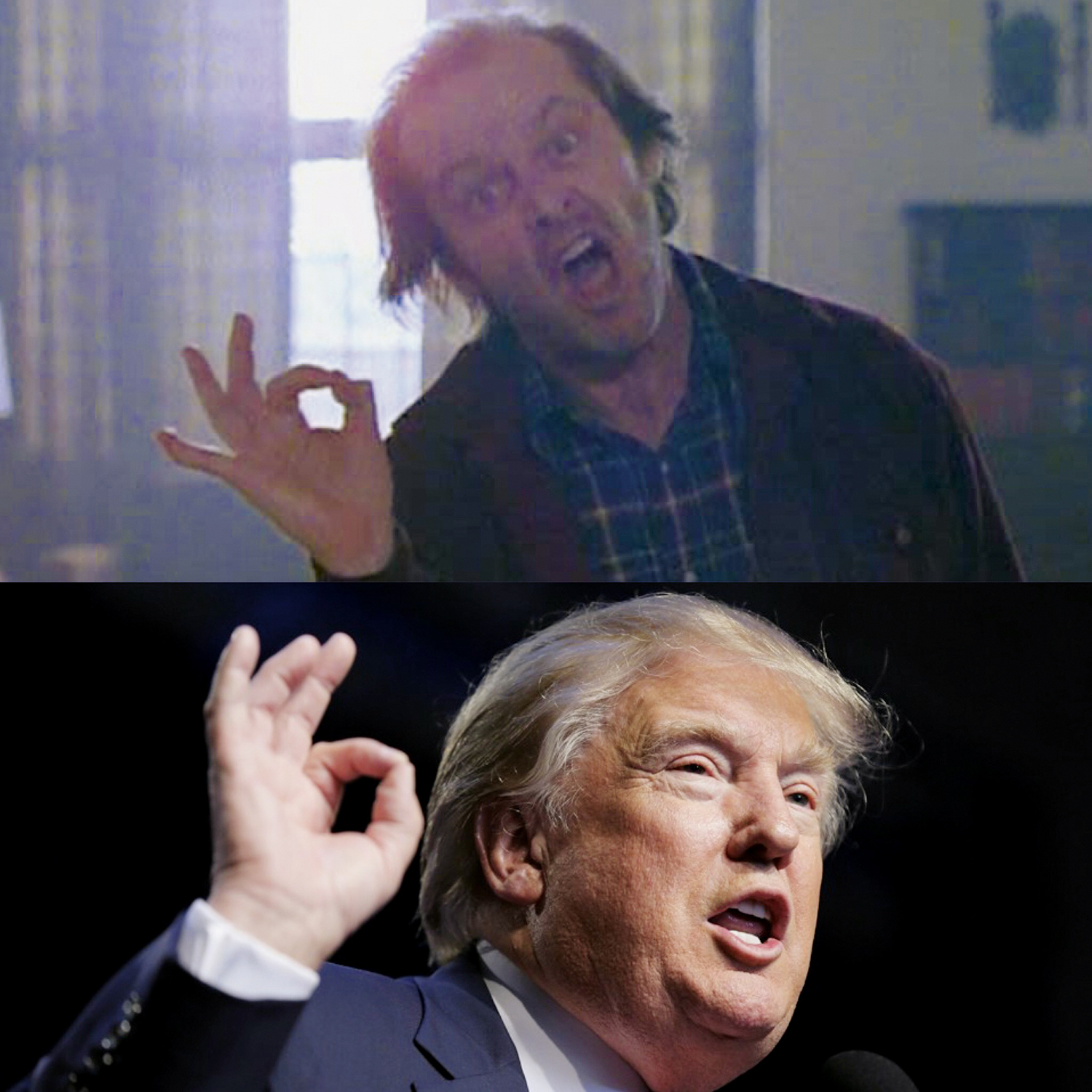
Courtesy the artist
Pilson was also in that moment inspired. He began noting similarities between Jack Torrance and The Donald: both were “rootless, angry narcissists,” both had young wives and children, and both veered “between suspense and total incoherence.” In a quick Google search, Pilson found “endless analogues” between Kubrick’s masterpiece and the real world political environment. “It’s uncanny on top of uncanny. You realize that more or less with every single plot point in that film, every single theme, there is a pretty stark resemblance.”
From this creative binge emerged what Pilson has titled Priority Magic (2019–ongoing), a series of diptychs pairing scenes from The Shining with imagery from the Orange presidency. The series’ “charmingly ominous” title comes from the Freudian psychologist Fritz Redl’s description of “group behavior made possible when an authority figure, by example or through incitement, sets precedent, gives permission, and conjures a new normal.”
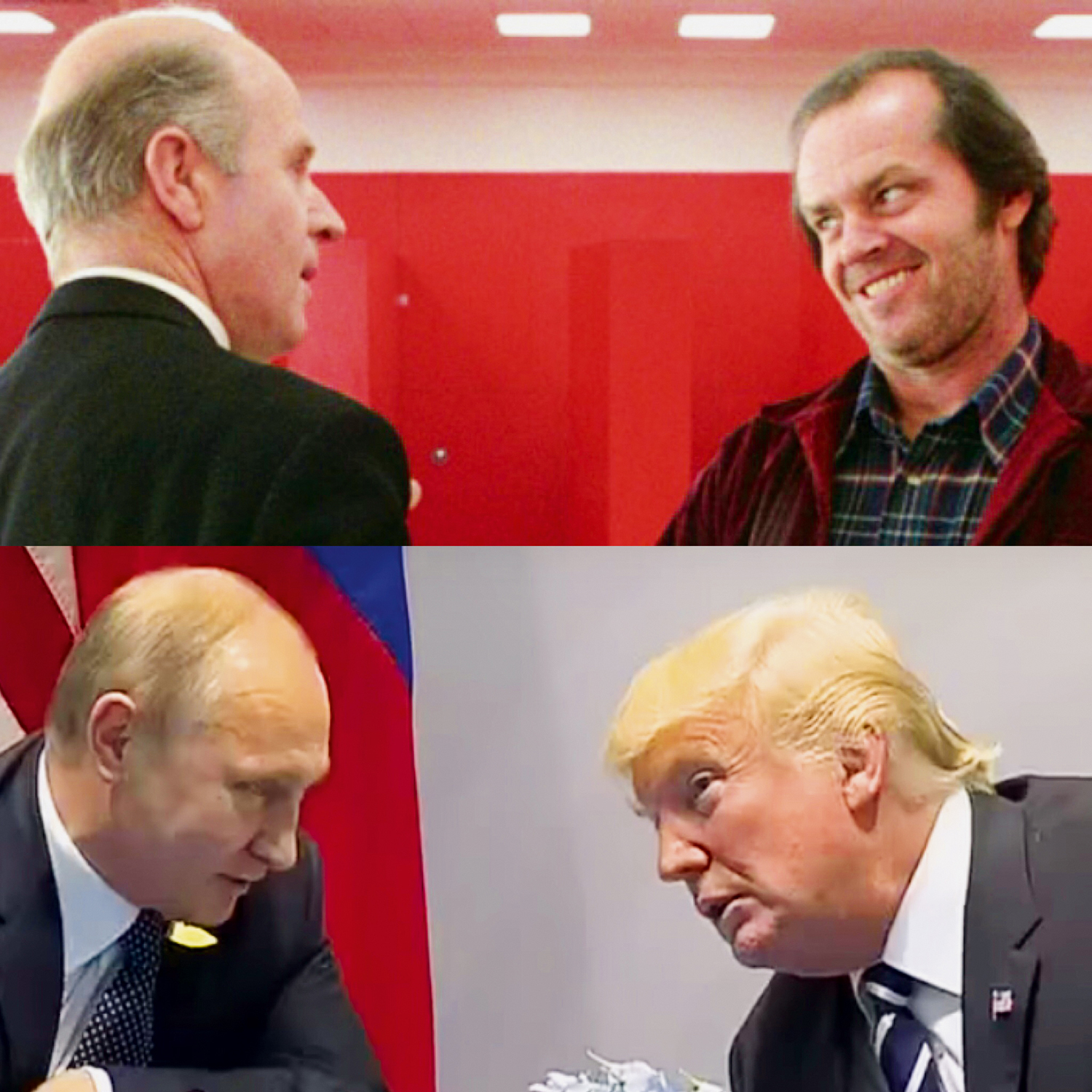
Courtesy the artist
Like Kubrick’s film, these split-screen photographs are amusing and horrifying in equal measure, indicators both of Pilson’s gift for pattern recognition and our collective ability to see evil in cinematic terms. Each diptych contains within itself a transformation narrative: Jack Torrance’s axe becomes Donald Trump’s golf club; Danny Torrance’s telepathic gifts are bestowed on Barron Trump; a concerned Dick Hallorann, the Overlook Hotel’s chef, becomes a weary Barack Obama.
But while comic in tone and bite-size enough for Instagram, these images extend a critical legacy of social-resistance collage stretching from John Heartfield’s 1932 portrait of a gold-eating Hitler, to Lance Letscher’s deceptively quaint collage-covered guns from the early 2000s, to the artist couple known as Stephen and Vanessa’s 2012 headshot of the politician Rick Santorum made entirely of queer pornography.
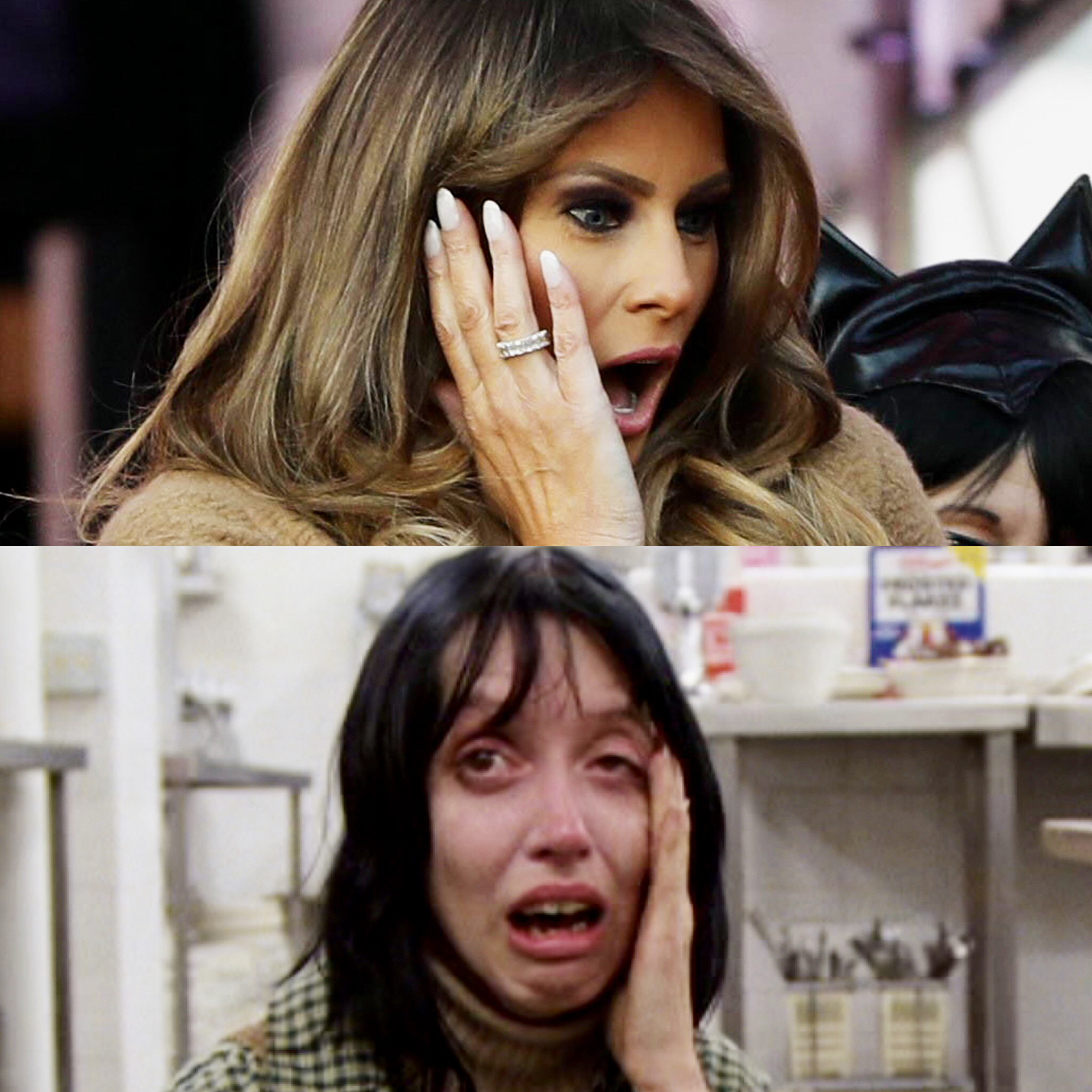
Courtesy the artist
Like those artists, Pilson forcefully, directly rejects propagandism through the use of montage, explicitly aligning key figures from the contemporary American political elite with their ghastly (Stephen Miller/Lloyd the bartender), rotting (Kellyanne Conway/Mrs. Massey), or outright murderous (Donald Trump/ Jack Torrance) doppelgängers. In so doing, these totems of hypernationalism become horror archetypes within the Overlook Hotel that is America in 2019.
As Priority Magic has found fans in the mocking corners of the Internet, Pilson has further begun to explore connections with other iconic cinematic texts: Barton Fink, Star Wars, James Bond. These collages are available on his private Instagram feed, but as their creator readily admits, none offers the same electric thrill that comes with Trump’s spray frozen mop top imposed on Torrance’s frostbitten jaw. “If there’s anything that is cathartic about it,” notes Pilson, “it’s that violence meets with violent ends. What you’re seeing is so cartoonish, and because it is so cartoonish, you say to yourself, I’ve seen this film before. Then you are certain you’ve seen this film before. And, you know how it ends.”

Courtesy the artist











